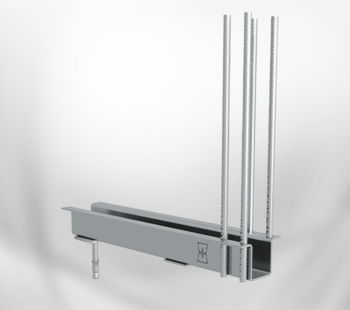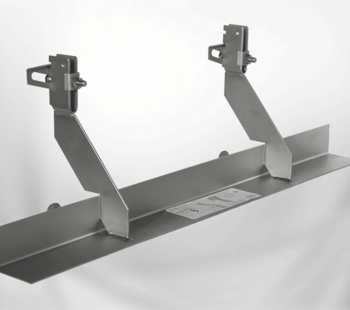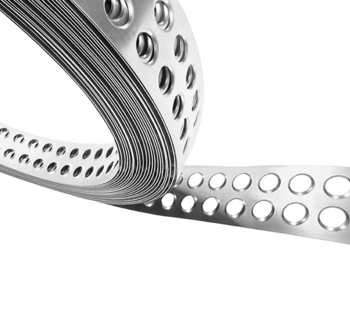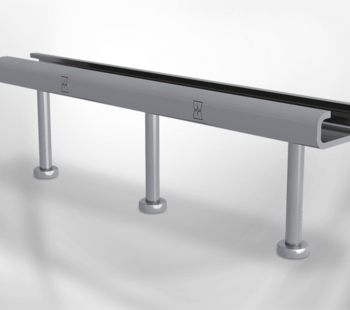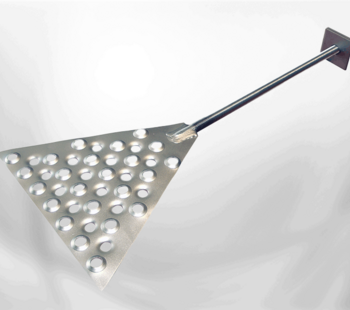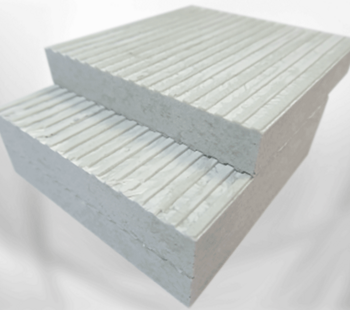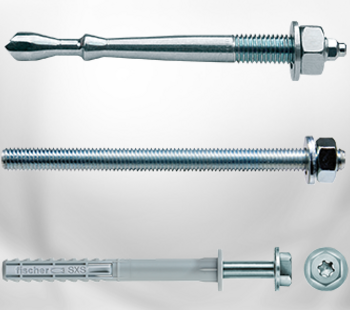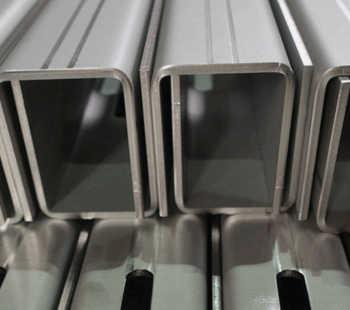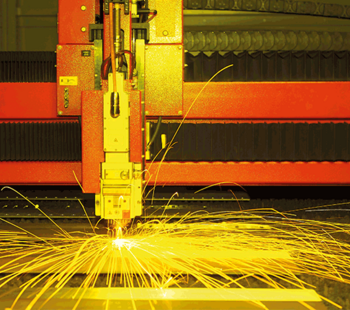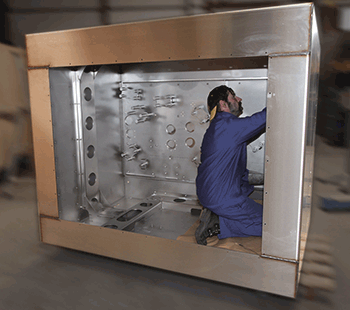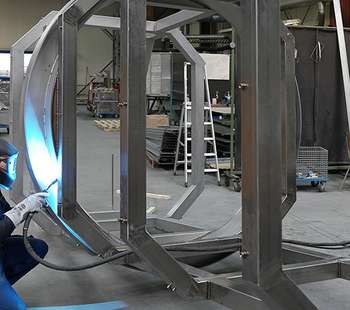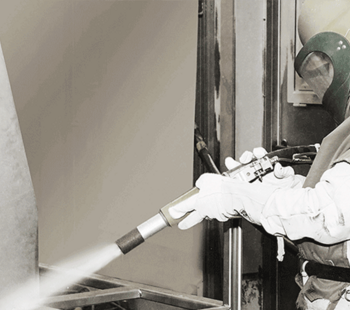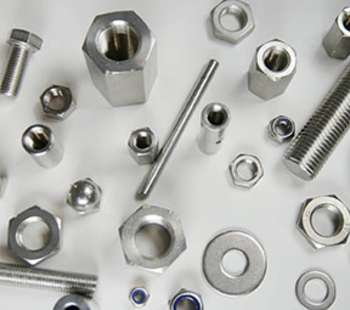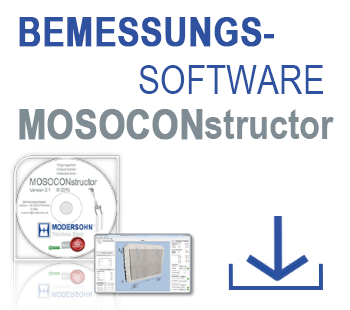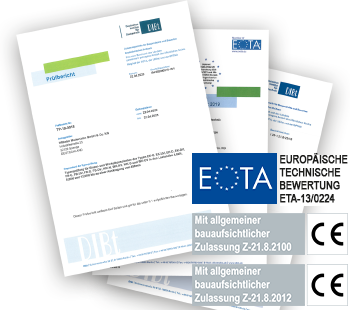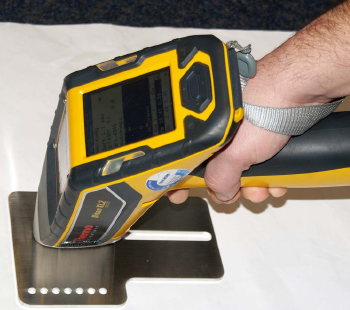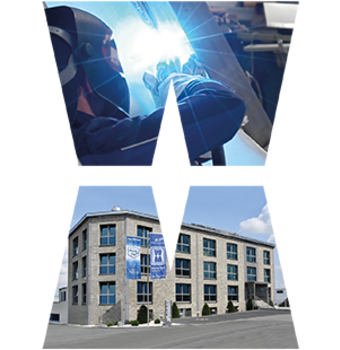As a mechanical cutting process using an abrasive, such as garnet sand, water jet cutting is one of the most widely used cutting methods across industries when precision and high cutting flexibility are required, especially when cutting very different materials.
At MODERSOHN, cutting is carried out at pressures of up to 6,000 bar. This fine, approx. 0.8 mm wide jet with the abrasive sand is generated by two parallel running high-pressure pumps, so that the jet is always constant. Water jet cutting is particularly important for thicker sheets (quarto plates) and softer non-ferrous metals, such as Al99 or copper. Compared to the CO2 laser cutting systems that are still most commonly used today, which already work quite precisely with an accuracy of +/- 0.2 mm (per cut edge) for thinner strip sheets, waterjet cutting technology can achieve dimensional accuracy tolerances of +/- 0.1 mm (per cut edge) even with thicker sheets and slower cutting speeds. The waterjet cutting system also calculates the cutting jet width exactly and takes this into account in the outer contour of the workpiece.
The squareness and flatness of the cutting edges is also so good at low cutting speeds that reworking by milling is no longer necessary for some components for plant and machine construction. In addition, the cutting edges are practically without hardening and burr, as is the case with thermal cutting processes due to melting, slag formation and carburisation. Even small round or shaped holes in much thicker material than the hole cross-section are possible. Material thicknesses up to 150 mm and more can be cut at right angles without any problems.
